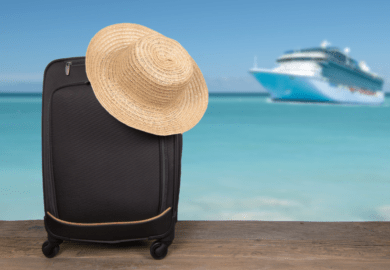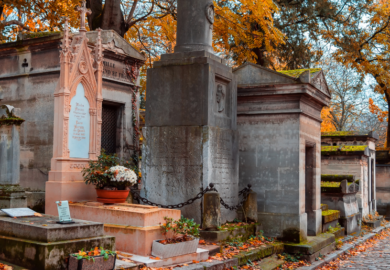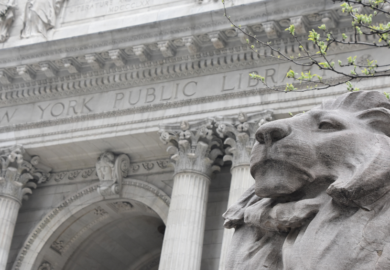Table of Contents
As March approaches, the Emerald Isle begins to prepare for one of its most cherished and widely celebrated holidays: St. Patrick’s Day in Ireland. This holiday, commemorating the patron saint of Ireland, St. Patrick, is a vibrant tapestry of Irish folklore, legends, and traditions.
Join us on a captivating journey through the heart of Ireland as we explore the origins of St. Patrick’s Day in Ireland and delve into the enchanting world of Irish culture and celebration.
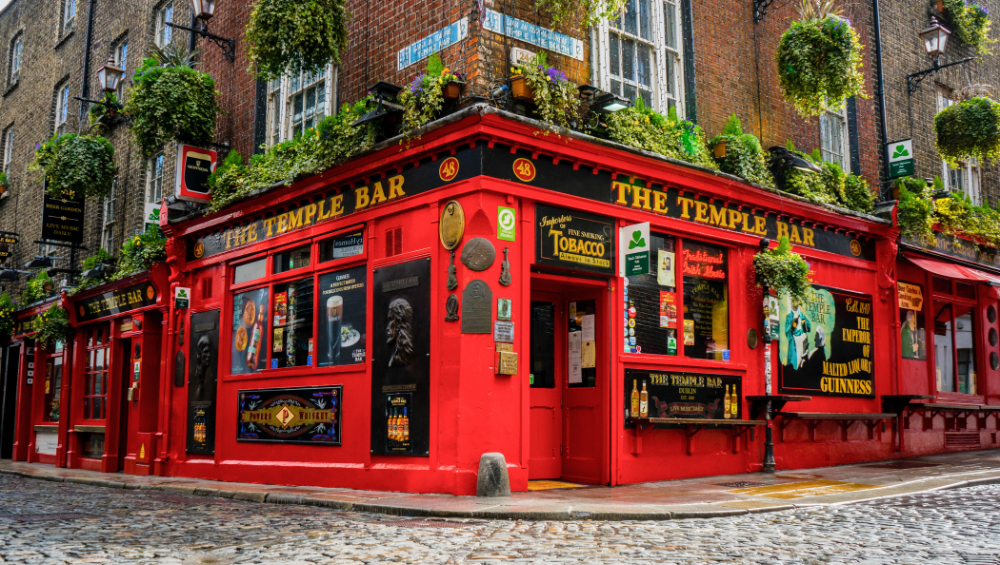
Popular Irish Cities for Celebrating
Dublin
Dublin, the capital city of Ireland, has a rich tapestry of history dating back over a thousand years. Established by the Vikings in the 9th century, Dublin quickly became a significant city for trade and commerce. In the following centuries, the city faced turbulent times, including the Norman invasion, the English rule, and the Irish Rebellion, all of which significantly influenced Dublin’s architectural and cultural landscape.
Top Places to Visit in Dublin
- Trinity College – As Ireland’s oldest university, Trinity College is a hub of academic excellence and architectural beauty. The college is also home to the Book of Kells, an ancient manuscript created by Celtic monks.
- The Guinness Storehouse – Learn about the rich heritage of Ireland’s famous drink at the Guinness Storehouse. The tour ends with a pint of Guinness at the rooftop bar, offering panoramic views of the city.
- Dublin Castle – This historic site, once the seat of English rule in Ireland, is a testament to Dublin’s complex past. Visitors can explore the medieval towers, lush gardens, and the Chester Beatty Library.
- Temple Bar – Known for its vibrant nightlife, the Temple Bar district is a must-visit for music and pub enthusiasts. The area is brimming with traditional Irish pubs and live music venues.
- Phoenix Park – The largest enclosed city park in Europe offers ample opportunities for leisurely walks, picnics, and even encounters with wild deer. Within its boundaries, you’ll find the Dublin Zoo and the residence of the Irish President.
Cork
Cork, known as the “Rebel City,” boasts a history as rich and varied as Dublin’s. Founded by St. Finbarr in the 6th century, Cork flourished as a trading hub due to its strategic location along the River Lee. The city’s history is marked by Viking invasions, battles for independence, and a prosperous period during the 18th century when it was known as the ‘Venice of the North.’ Today, Cork is renowned for its vibrant arts scene, thriving food culture, and the indomitable spirit of its people.
Top Places to Visit in Cork
- The English Market – Operating since 1788, this is one of the oldest municipal markets of its kind. It’s a foodie’s paradise, offering a variety of local produce, artisanal cheeses, and freshly baked goods.
- Cork City Gaol – Once a 19th-century prison, it’s now a museum that provides a grim but fascinating glimpse into the harsh conditions of the penal system of the time.
- St. Fin Barre’s Cathedral – An architectural masterpiece of the Gothic Revival style, this cathedral is one of Cork’s most iconic landmarks.
- The Cork Opera House – Hosting a diverse range of performances from ballet to stand-up comedy, this venue is the beating heart of Cork’s cultural scene.
- Fitzgerald Park – A peaceful green oasis in the city, the park includes a museum, sculptures, a pond, and beautiful floral displays. A perfect spot for a stroll or a picnic.
- Blarney Castle and Gardens – Just a short trip from the city, visitors can explore the historic Irish castle and its lush gardens, and partake in the tradition of kissing the Blarney Stone.
Belfast
Belfast, the capital and largest city of Northern Ireland, was a key industrial hub during the 19th century, famed for its linen, tobacco production, and shipbuilding – most notably the shipyard where the ill-fated RMS Titanic was built. Belfast played a pivotal role in The Troubles, a period of ethno-political conflict in Northern Ireland that lasted from the late 1960s to the late 1990s. Today, the city is known for its rich cultural scene, vibrant nightlife, and its central role in the hit television series, Game of Thrones.
Top Places to Visit in Belfast
- Titanic Belfast – Housed in an iconic six-floor building, this state-of-the-art visitor experience tells the story of the Titanic from conception to tragic end.
- Crumlin Road Gaol – This 19th-century prison-turned-museum offers a chilling insight into the life of the incarcerated over its 150-year history.
- Ulster Museum – Explore Northern Ireland’s rich heritage from its early history and natural sciences to art and culture.
- Belfast Castle – Set on Cave Hill Country Park with stunning views over Belfast, the castle is a popular venue for locals and tourists alike.
- St. George’s Market – This bustling market, one of Belfast’s oldest attractions, is known for its fresh produce, unique crafts, and live music.
- The Peace Walls – These walls, erected to separate conflicting communities, are now a canvas for local and international artists conveying messages of peace and reconciliation.
- The Dark Hedges – A short drive from the city, this picturesque avenue of beech trees, featured in Game of Thrones, is one of the most photographed locations in Northern Ireland.
Galway
Galway, affectionately known as the ‘City of Tribes,’ is nestled on the west coast of Ireland. The city’s rich history can be traced back to the 11th century when it was a small fishing settlement. By the 13th century, Galway was ruled by 14 merchant families, known as the ‘tribes,’ leading to its moniker. Galway’s golden era came in the 15th century when it was a principal Irish port for trade with Spain and Portugal. Today, Galway is recognized as a thriving cultural hub, celebrated for its vibrant lifestyle, eclectic arts scene, and the world-renowned Galway International Arts Festival.
Top Places to Visit in Galway
- Galway City Museum – This modern and spacious museum houses a variety of exhibits spotlighting Galway’s rich archaeological, historical, and cultural heritage.
- Latin Quarter – The heart of Galway, the Latin Quarter is famed for its charming cobblestone streets, brightly painted pubs, and live street performances.
- Eyre Square – Located in the city center, this lively public space hosts numerous events and is surrounded by historical landmarks and shopping outlets.
- Salthill Promenade – Stretching along Galway Bay, this scenic seaside walkway offers breathtaking views, traditional amusement arcades, and the opportunity to “Kick the Wall,” a local custom.
- Galway Cathedral – One of the largest and most impressive buildings in the city, the cathedral combines several architectural styles and features stunning interior artwork.
- Quay Street – A lively pedestrian thoroughfare lined with pubs, restaurants, and shops, perfect for a stroll or enjoying traditional Irish music.
- Connemara National Park – Just a short trip from the city, the park offers vast expanses of unspoiled wilderness, stunning vistas, and plentiful walking trails.
- Aran Islands – Accessible by ferry, these rugged islands offer a window into traditional Irish culture and boast historic sites, such as the prehistoric Dun Aonghasa fort.
Limerick
Limerick, situated in the mid-west region of Ireland, is a city steeped in history. Its origins trace back to the Viking settlement in 812 AD, and it has since witnessed many historical events, including the Williamite War and the Siege of Limerick in the late 17th century. The city’s Georgian architecture, ancient castles, and rich cultural heritage make it a captivating destination. Today, Limerick is an economic hub, with a thriving arts scene, and renowned educational institutions, and is noted for sporting achievements, particularly in rugby.
Top Places to Visit in Limerick
- King John’s Castle – This 13th-century castle offers stunning views of the city and the River Shannon. Interactive exhibitions within the castle bring its history to life.
- Limerick City Gallery of Art – The gallery houses an impressive collection of contemporary and historical artworks, with a focus on Irish art.
- The Milk Market – A food market held every weekend, it offers a wide array of fresh, local produce, along with artisanal goods.
- St. Mary’s Cathedral – Founded in 1168, it’s the oldest building in Limerick still in daily use, with a rich history that spans over 850 years.
- The Hunt Museum – The museum displays a personal collection of artifacts that range from the Neolithic to the 20th Century, including works by Picasso and Renoir.
- People’s Park – The park, filled with historic structures, a playground, and a beautiful array of flowers, is a perfect spot for a relaxing afternoon.
- Thomond Park – The home ground of Munster Rugby, this modern stadium also features a museum detailing the history of Irish rugby.
- The Treaty Stone – Located on the banks of the River Shannon, this stone is a symbol of the Treaty of Limerick signed in 1691.
- Lough Gur – Just outside the city, this archaeological site offers a glimpse into prehistoric Ireland with artifacts dating back to the Stone Age.
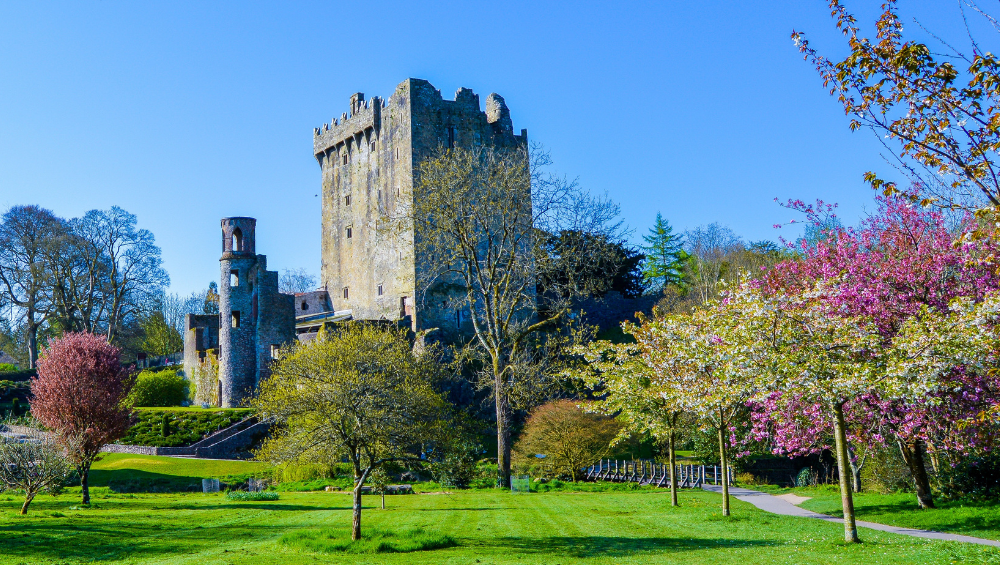
Must-See Attractions for St. Patrick’s Day in Ireland
1. St. Patrick’s Cathedral, Dublin
- History: This iconic cathedral, founded in 1191, is where St. Patrick is said to have baptized converts to Christianity.
- What to See: Visit the cathedral to admire its stunning architecture and learn about its historical significance.
2. The Temple Bar District, Dublin
- History: The Temple Bar district is Dublin’s cultural quarter and a hub of artistic activity.
- What to See: Explore the cobbled streets, vibrant pubs, and art galleries in this lively area.
3. Blarney Castle, County Cork
- History: Blarney Castle, built in the 15th century, is famous for the Blarney Stone, said to bestow the gift of eloquence on those who kiss it.
- What to See: Tour the castle, climb to the top to kiss the Blarney Stone, and enjoy the lush gardens.
4. Giant’s Causeway, County Antrim
- History: The Giant’s Causeway is a natural wonder, formed by volcanic activity over 60 million years ago.
- What to See: Marvel at the unique hexagonal basalt columns and take in the stunning coastal views.
5. Cliffs of Moher, County Clare
- History: The Cliffs of Moher, standing tall for millions of years, are an iconic natural attraction.
- What to See: Visit the cliffs to witness their breathtaking beauty and enjoy panoramic views of the Atlantic Ocean.
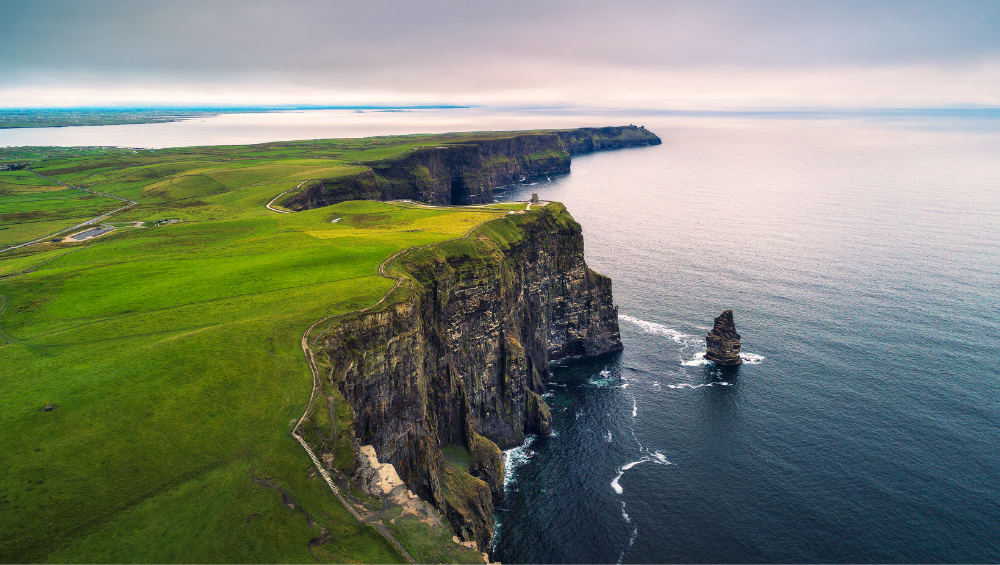
7 Irish Folklore & Legends
Delving into Irish folklore, legends, and traditions is akin to stepping into a realm of enchanting tales, profound wisdom, and vibrant customs. Ireland’s rich cultural history is steeped in mythologies that weave a captivating tapestry of tales passed down through generations.
These stories, often intertwined with Ireland’s history and landscape, offer fascinating insights into the country’s heritage, values, and the character of its people. From legendary heroes and mythical creatures to sacred rituals and traditional festivals, Irish folklore, legends, and traditions are an integral part of the nation’s identity, adding a layer of mystique and charm to the Emerald Isle.
Legend of St. Patrick
St. Patrick, born in Roman Britain in the late 4th century, was kidnapped at the age of 16 and taken to Ireland as a slave. He spent six years in captivity, during which he became deeply devoted to Christianity. After escaping and returning to his family, he had a vision of the Irish pleading for his return, which led him to study for the priesthood. He later returned to Ireland as a missionary, where his efforts led to the widespread adoption of Christianity and the establishment of monasteries, schools, and churches across the country.
One of the most well-known legends associated with St. Patrick is that he used the three leaves of a shamrock to explain the concept of the Holy Trinity – the Father, the Son, and the Holy Spirit – to the Irish. He is also famously credited with driving all snakes out of Ireland, a metaphorical tale representing the eradication of pagan ideologies. St. Patrick’s Day in Ireland, celebrated on March 17, marks the day of St. Patrick’s death and celebrates the arrival of Christianity in Ireland.
Leprechaun
The Leprechaun is a recognizable figure in Irish folklore, often portrayed as a small, bearded man wearing a suit and hat, with a penchant for mischief. According to legends, these solitary creatures are cobblers by trade, creating exquisitely crafted shoes as a symbol of their wealth.
Leprechauns are also guardians of hidden treasures, usually a pot of gold, which they hide at the end of the rainbow. On St. Patrick’s Day in Ireland, stories about leprechauns are shared and enjoyed, reflecting the enduring charm and whimsy of Irish mythology.
Claddagh Ring
The Claddagh Ring is a traditional Irish symbol of love, friendship, and loyalty. Its design features two hands holding a heart, topped with a crown, with each element signifying a different quality. The hands represent friendship, the heart stands for love, and the crown signifies loyalty. Often passed down through generations, these rings have been worn in Ireland for hundreds of years.
Traditionally used as engagement or wedding rings, a Claddagh ring can also be worn as a friendship ring. The way the ring is worn also carries meaning: worn on the right hand with the point of the heart towards the fingertips, the wearer is single and may be looking for love. If the ring is worn on the right hand with the point of the heart towards the wrist, the wearer is in a relationship. On the left hand, the directions signify the wearer is either engaged or married.
Shamrock
The shamrock, a three-leafed clover, is a symbol intrinsically tied to Ireland and its cultural identity. Its significance stems from St. Patrick who, according to legend, used the shamrock as a visual guide to explain the concept of the Holy Trinity to the Irish people – the Father, the Son, and the Holy Spirit. This simple plant, found abundant in the lush landscapes across Ireland, thus holds deep religious import.
Over time, the shamrock has evolved into a broader emblem of Irish heritage and pride, especially prevalent in celebrations of St. Patrick’s Day in Ireland. During these festivities, people of Irish descent and even those with no Irish connections, don green shamrocks in a nod to the island nation. Beyond its religious and cultural symbolism, the shamrock is also associated with good luck, making it a common motif in Irish art and design.
Banshee
The Banshee is a well-known figure in Irish folklore. This spirit, often depicted as a woman, is believed to wail and foretell death, particularly within certain old Irish families. The chilling, mournful cry of the Banshee, known as ‘keening’, is said to be heard in the dead of night. While she is often seen as a harbinger of doom, some tales suggest that Banshee’s lament is also a form of comfort, as it prepares families for the impending loss, thus giving them time to make peace with it.
The Banshee’s image varies, with some stories presenting her as a young, beautiful woman, and others as a haggard old crone. This fascinating figure continues to captivate audiences, embodying the mystery and enchantment of Irish folklore.
Wearing of the Green
“The Wearing of the Green” is a long-standing Irish tradition, especially associated with the celebration of St. Patrick’s Day in Ireland. This custom dates back to the 17th century during the Irish Rebellion of 1798 when wearing a shamrock or green on one’s clothing was a signal of Irish identity and a display of desire for Irish independence.
This practice has evolved into a worldwide phenomenon during St. Patrick’s Day in Ireland when people of all backgrounds celebrate Irish heritage by dressing in green attire, accessorizing with shamrock-themed items, and even indulging in green-colored food and beverages. The phrase “The Wearing of the Green” is also the title of an Irish street ballad, which bemoans the repression of supporters of the Irish rebellion. It serves as a poignant reminder of the historical struggles faced by the Irish people, even as it is commonly sung during St. Patrick’s Day celebrations.
Celtic Harp
The Celtic Harp, or cláirseach, is a symbol deeply ingrained in Irish history and culture. This traditional instrument, with its intricate design and soothing sound, is a hallmark of Celtic heritage. It is depicted on Irish coins and is the official emblem of the Republic of Ireland.
Historically, it was played by harpers who often held high social status, performing at ceremonies and storytelling sessions. Today, the Celtic Harp continues to play an integral role in Irish music, entrancing audiences with its melodic tunes and serving as a testament to Ireland’s rich cultural legacy.
Top Festivals for St. Patrick’s Day in Ireland
In the spirit of St. Patrick’s Day, Ireland comes alive with vibrant festivals that embody the rich cultural heritage and lively spirit of this esteemed holiday.
These grand celebrations, held throughout the country, feature a stunning array of events, from St. Patrick’s Day in Ireland parades showcasing elaborate floats to lively music and dance performances, traditional storytelling sessions, and much more. Each festival offers a unique way to immerse oneself in the captivating charm of Irish culture, making St. Patrick’s Day in Ireland an experience not to be missed.
Dublin St. Patrick’s Festival
The St. Patrick’s Festival in Dublin is undeniably one of the grandest celebrations in the world for St. Patrick’s Day in Ireland. This festival, typically spanning five days and nights, is a vibrant extravaganza of culture and entertainment. It’s not just about wearing green and parading through the streets; it’s a comprehensive showcase of Irish heritage. The city pulses with energy as locals and tourists alike participate in a wide array of activities.
From traditional music sessions and captivating street theatrics to treasure hunts and craft workshops, the festival caters to all ages and interests. One of the most anticipated highlights is the St. Patrick’s Day Parade. Every year, bands and performers from around the globe march through the city center, creating a riotous spectacle of color, creativity, and camaraderie.
The festival culminates in a stunning fireworks display, illuminating Dublin’s sky, and leaving an indelible mark on all who partake in the festivities. The St. Patrick’s Festival in Dublin is truly a remarkable celebration of Ireland’s patron saint, ensuring that the spirit of St. Patrick’s Day in Ireland is kept alive and thriving.
Cork St. Patrick’s Festival
The Cork St. Patrick’s Festival is another major celebratory event in the Irish calendar. It is held annually in Ireland’s second-largest city and features a lively parade as a central highlight. The procession, brimming with flamboyant floats, extravagant costumes, and rhythmic music, winds its way through the city streets, drawing enthusiastic crowds from near and far.
Aside from the parade, the festival also hosts a variety of other attractions, including music performances, food and craft markets, and workshops. These activities showcase the best of Cork’s local talent and provide a platform for festival-goers to immerse themselves in traditional and contemporary aspects of Irish culture. The celebration of St. Patrick’s Day in Cork is an authentic, exuberant, and memorable affair, making it a must-visit destination for those wishing to experience the true spirit of Ireland’s most famous holiday.
Belfast St. Patrick’s Day Parade
The Belfast St. Patrick’s Carnival Parade is a highly anticipated event in Northern Ireland. Taking place on March 17th, the city of Belfast bursts into life with a spectacular St. Patrick’s Day in Ireland parade that weaves its way through the city center. The parade gathers a fascinating mix of amateur and professional performers, including musicians, dancers, acrobats, and stilt walkers, all embellished in vibrant costumes and makeup.
Local schools, community groups, and sports clubs also participate, each contributing their unique flair to the event. Beyond the parade, the carnival includes a free concert featuring local and international artists. It’s an enchanting day that offers a blend of tradition and innovation, making the Belfast St. Patrick’s Day Parade a must-see attraction for locals and visitors keen on immersing themselves in the dynamic atmosphere of St. Patrick’s Day celebrations in Northern Ireland.
Galway St. Patrick’s Day in Ireland
The Galway St. Patrick’s Day Parade is a cherished event taking place in one of Ireland’s most picturesque cities. Celebrated on March 17th, the parade is a vibrant display of creativity and culture, with participants showcasing a variety of floats and performances. Community groups, bands, and artists from all walks of life take part in the procession, adding their unique touches to the festive spirit.
Along with the parade, Galway also hosts a range of activities, including traditional music concerts, dance performances, and arts and crafts fairs. These events provide ample opportunities for visitors to engage with Irish culture. The Galway St. Patrick’s Day Parade, with its stunning setting and festive atmosphere, is a key event in the St. Patrick’s Day celebrations in Ireland and provides a truly memorable experience for all attendees.
Limerick St. Patrick’s Festival
The Limerick St. Patrick’s Festival is an iconic celebration in Ireland’s third-largest city. Renowned as one of the biggest and most vibrant parades in the country, this annual event is a spectacle of color, creativity, and excitement. Families, community groups, and businesses come together to create eye-catching floats and elaborate displays, all of which contribute to the festive atmosphere. The procession winds through the heart of the city, attracting spectators of all ages.
In addition to the St. Patrick’s Day parade, the festival features a variety of other activities, from music and dance performances to food festivals and children’s workshops. These events encapsulate the essence of Irish culture, offering a captivating experience for both locals and tourists. The Limerick St. Patrick’s Festival is a splendid celebration of Irish heritage, embodying the spirit of St. Patrick’s Day in Ireland with a unique Limerick twist.
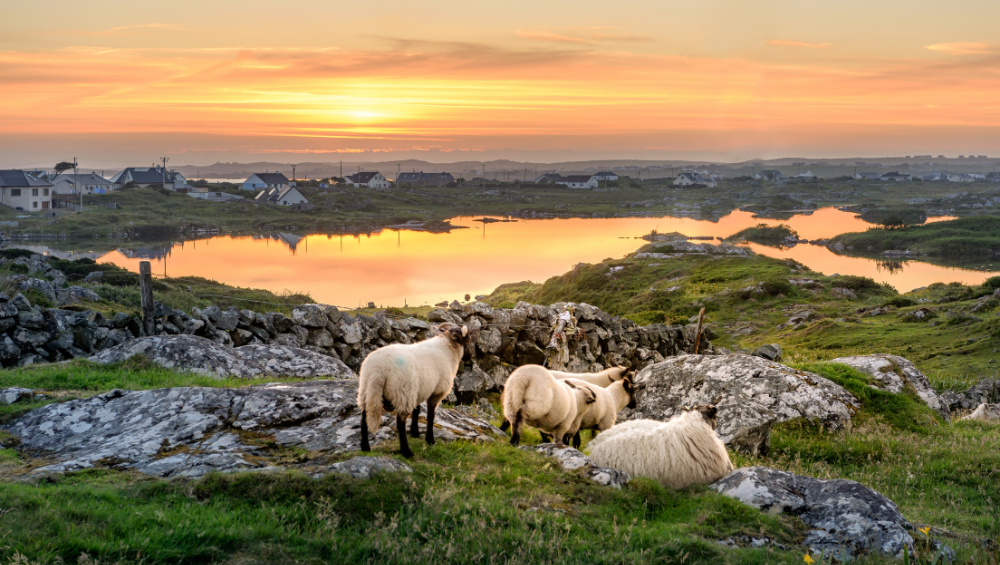
St. Patrick’s Day in Ireland
St. Patrick’s Day in Ireland traditions are deeply rooted in Irish folklore and culture, and the celebrations in Ireland are a sight to behold. From the bustling streets of Dublin to the charming villages of Cork and Galway, this holiday offers a glimpse into the heart and soul of Ireland.
As you explore historic landmarks, embrace folklore, and join the spirited festivities, you’ll discover why St. Patrick’s Day holds a special place in the hearts of the Irish and those who celebrate it around the world.
5 FAQs About St. Patrick’s Day in Ireland
Who was St. Patrick and why is he celebrated?
St. Patrick was a Christian missionary who is believed to have brought Christianity to Ireland. He is celebrated on March 17th, the date of his death, as the patron saint of Ireland.
What is the significance of the shamrock on St. Patrick’s Day?
The shamrock is associated with St. Patrick because he is said to have used it to explain the Holy Trinity (Father, Son, and Holy Spirit) to the Irish people.
Are St. Patrick’s Day parades only held in Dublin?
No, St. Patrick’s Day parades are held in cities and towns across Ireland. Dublin’s parade is one of the largest and most famous, but celebrations occur throughout the country.
What should I wear on St. Patrick’s Day in Ireland?
Wearing green is a common tradition on St. Patrick’s Day. Many people don green clothing or accessories to celebrate the holiday.
Is St. Patrick’s Day a public holiday in Ireland?
Yes, St. Patrick’s Day is a public holiday in Ireland, and many businesses and schools are closed. It is a day for festivities, parades, and cultural celebrations.

